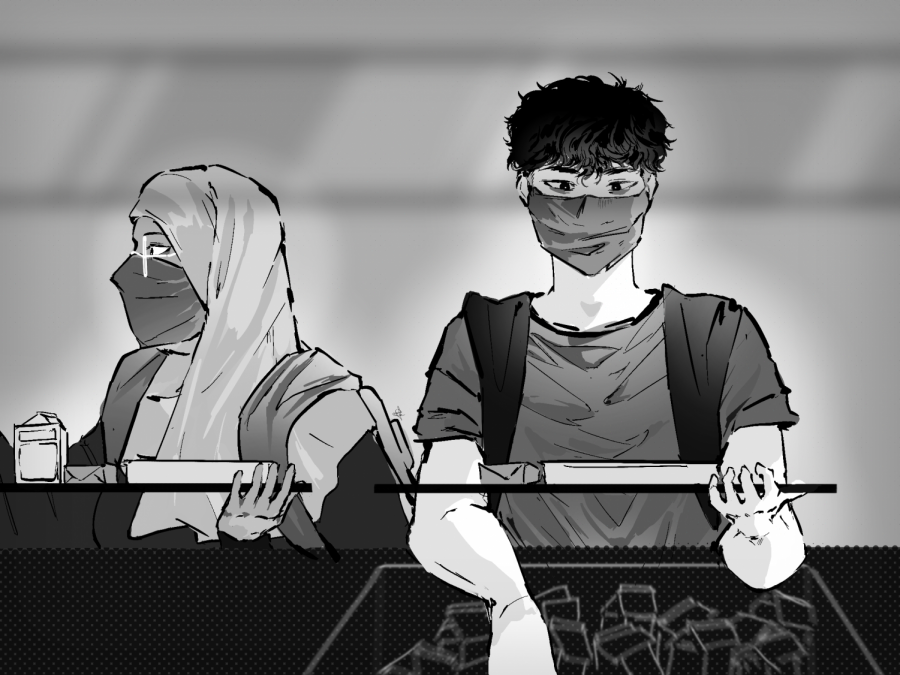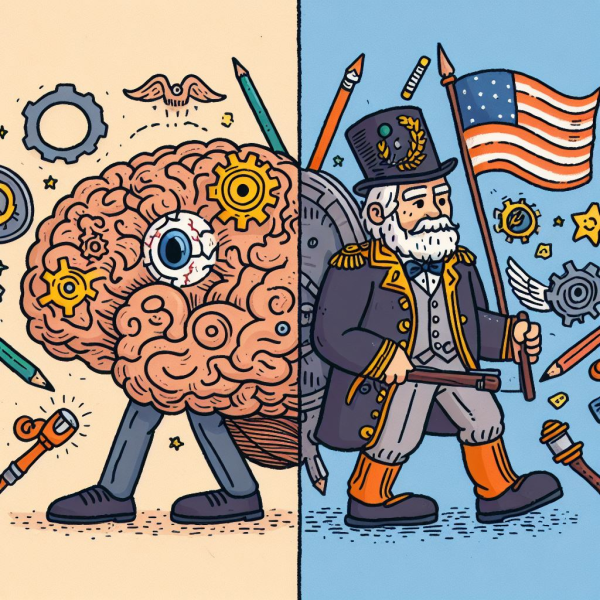School Lunch Should Stay Free
The recent decision by Governor Newsom to implement a free school lunch program for California public schools has been a controversial topic in recent times, with many questioning whether it’s necessary. However, despite all of the arguments made against the “Free School Lunch for All” act (SB-364), the recent pandemic and the resulting economic collapse have proven the necessity of this bill. Especially since the recently implemented free lunch program in California has the potential to help reduce California’s food insecurity problem.
Nearly ⅕ of all Californian households have reported food insecurity throughout 2020, meaning that they lack consistent access to enough food in order to sustain a healthy lifestyle. While California does have a free lunch or reduced lunch program for low income households, many households don’t qualify for it. According to the California Department of Education, eligibility for free meals is dependent on both household size and annual income. For a household of 4, the annual income must be at or lower than $34,060. In comparison to this statistic, the USDA found that since the COVID-19 Pandemic in 2020, households that made annual incomes of $50,000 to $75,000 experienced the greatest increase in food insecurity, despite making at least $20,000 more annually than those who would qualify for free lunch.
Living in California has already been proven to be more expensive than other states as well. According to its living index, California is the 3rd most expensive state to live in. The “Free School Lunch for All” act is also increasingly important given how many families have experienced struggles in keeping jobs and having a stable income due to COVID. Since this is a recent problem from the past year, it illustrates the need for the bill as students return to in-person learning this year.
Another reason it’s important to have free lunch accessible to all, and not only those who are low income, is the different household situations students may face. While some households may be financially secure, students may forget to pack a lunch, as well as not have the money to buy a school lunch for them. In these situations, students would have to go hungry as a result. While this may not seem like a big issue as a one-time occurrence, it still contributes to students going hungry. Some parents may be very busy as well, and students may not have the time to make their own lunch in the morning as well. Considering these scenarios, it’s important to ensure that students have access to lunch, even if they don’t necessarily qualify for being financially insecure.
However, there are also cons to the enactment of this bill. Some people argue that many have taken advantage of the system: kids go to get lunch despite already having one, which leads to potential food waste. It also leads to longer lunch lines, which discourages students from getting school lunch due to how much time it would take. That said, as stated in a previous Voice article about lunch lines, having students enter their ID number should help reduce this issue and make lunch lines shorter, which is convenient for both the staff and students. Another argument raised is that this new bill places a greater burden on lunch ladies, as they now have to prepare lunches for many more students. While this is an issue related to the shortage of staff members Irvington has been experiencing, many lunches are pre-packaged ahead of time and don’t require as much work to prepare. Furthermore, lunch lines are estimated to only be about 10 minutes long, which should help reduce the burden on lunch ladies.
Overall, it’s important to consider the current situation which led to the proposal and passing of the “Free School Lunch for All” act, or SB-364. While organization could still be improved to help staff members adapt to the sharp increase of students coming in for lunch, the bill overall was a necessary proposal in order to help families recover from the pandemic’s effects.












